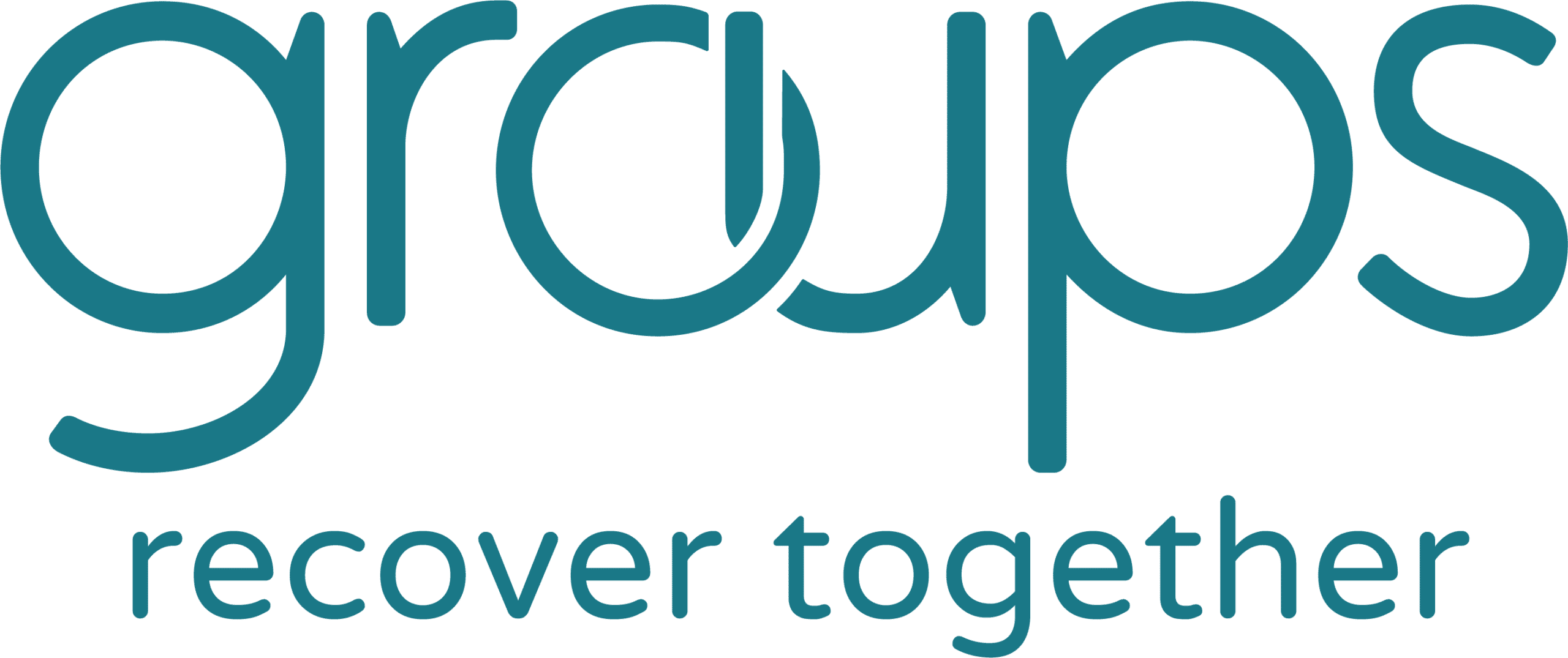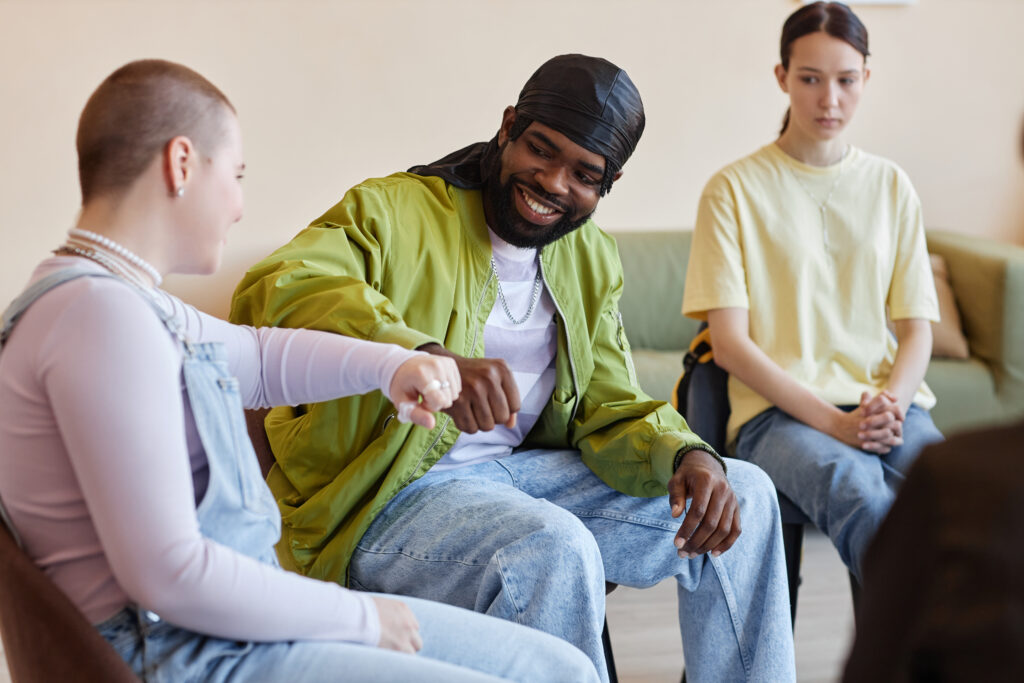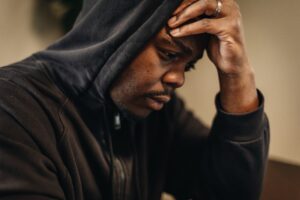Groups is a leading provider of treatment and medication for opioid use disorder (MOUD). At Groups, we inform our approach with the principles of harm reduction.
Harm reduction recognizes and respects individual autonomy. It acknowledges that one path isn’t right for everyone. Each individual is the expert in their own journey. In harm reduction, using or not using drugs are equally valid. People deserve compassion and respect, whether they use drugs or not.
Whether you’re using drugs or trying not to, there are free tools and resources that can help you keep yourself safer. In this blog post, we’ll talk about 11 examples that may be available to you. By familiarizing yourself with as many of these tools as possible, you can figure out which ones will work best for your goals and circumstances.
What is harm reduction?
Harm reduction is a set of practices and a movement promoting the safety and dignity of people who use drugs. It puts the person’s experience and informed consent at the center of their care decisions. Harm reduction is an effective tool for reducing overdose deaths and the spread of infections.
Communities have been using harm reduction to take care of themselves for centuries. During the HIV/AIDS crisis, harm reduction practices like needle exchanges were central to keeping people alive. In more recent decades, public health practitioners took their cue from mutual aid organizations and incorporated some of the principles in their own work. In 2021, the Substance Abuse and Mental Health Services Administration (SAMHSA) led the first Harm Reduction Summit, formally introducing the framework to a broader public health audience.
11 harm reduction tools and strategies
Learning about harm reduction tools and practices can help you stay safe and connect you with supportive, affirming community, and resources. In harm reduction-focused spaces, people with lived experience of using drugs are centered. You might find a center that offers supervised consumption services in your area. Or you might meet a person who carries supplies like clean needles, fentanyl testing strips, and Narcan.
In many cases, harm reduction is as simple as making sure someone can take a hot shower and get something to eat. Organizations like Groups provide wraparound services. They not only help people stop or reduce opioid use, but also help with:
- Food
- Housing
- Medical care
- Child care
- Mental health care
- Education.
The following 11 harm reduction tools and strategies can help you stay safe on your way to recovery:
- Never use alone — This is the most basic way you can protect yourself and your loved ones when using. Make sure you’re never alone while using opioids. The greatest risk of using alone is death by overdose because no one is there to help when something goes wrong. If you’re using with a friend present, they’ll be able to give you Narcan or call 911 if you start showing signs of overdose.
If you don’t have someone with you physically while using, you can call the Never Use Alone Overdose Prevention Lifeline. It’s open 24/7 at (877) 696-1996.
- Overdose education — People who use opioids and their families can help prevent overdose deaths. With education, they can know what signs to look for and what to do when someone is overdosing. Individual care providers can teach people how to recognize and respond to an overdose. This education is part of our group treatment program at Groups.
- Naloxone — Naloxone (Narcan) is a nasal spray that temporarily reverses opioid overdose. Carrying this medication in situations where opioids are likely to be used, and knowing how to use it, is one of the most effective ways people can help prevent overdose deaths. It can play a critical role in saving someon’s life.
- Pocket Rehab — Pocket Rehab is a free app that provides confidential support in real time. You can connect with recovery coaches, licensed professionals, and peers to get help when you need it most. You can even friend people through the app to stay connected.
Medication for opioid use disorder (MOUD) — Instead of uplifting abstinence as the only option, harm reduction allows for a menu of options to choose from based on what is right for you. For many people who want to stop using opioids, the safest and best option is MOUD. MOUD is a gold standard treatment for OUD. MOUD lowers the risk of using opioids, transmitting or contracting diseases, having an overdose, and dying from an overdose.
- Medication Assisted Recovery Anonymous (MARA) — Clinical evidence shows that MOUD helps people achieve the best outcomes in recovery. However, many 12-step groups don’t endorse MOUD. MARA is a network of 12-step groups that welcomes people who take MOUD.
- Local harm reduction groups — Most states have local groups that provide harm reduction services, training, and supplies. These groups are centers for community building and activism for opioid users and their loved ones. They can also be a place to build a support system with people who have similar experiences and goals with you.
Reach out to your local group for support or to get involved:
- Florida: Florida Harm Reduction Collective
- Indiana: Indiana Recovery Alliance
- Kentucky: Kentucky Harm Reduction Coalition
- Maine: Maine Access Points, Health Equity Alliance
- New Hampshire: New Hampshire Harm Reduction Coalition, HIV/HCV Resource Center
- Tennessee: Tennessee Harm Reduction, East Tennessee Harm Reduction
- Texas: Texas Harm Reduction Alliance, Texas Opioid Training Initiative
- Virginia: Virginia Harm Reduction Coalition, Minority AIDS Support Services
- West Virginia: West Virginia Health Right, Southern West Virginia Harm Redux, Project Mayday, SOAR WV
- Help with basic needs — Staying safe requires more than safer drug use. It also means supporting your overall health, independence, well-being, and happiness. At Groups, we provide life-goal assistance to help you set and achieve the right goals for you. You may need help finding things like access to food, housing, and health care services or stable work. Groups is here to help you not only survive but thrive. We want to help you live the life you want to live by seeing what you’re capable of achieving.
- Syringe services programs (SSPs) — SSPs distribute clean needles and other resources to help prevent the spread of HIV and hepatitis. They’re sometimes called syringe exchange programs (SEPs) and needle exchange programs (NEPs). The North American Syringe Exchange Network helps people find the nearest SSP.
- Safer smoking supplies — Similar to SSPs, some organizations distribute safer smoking supplies to reduce disease transmission.
- Test strips and drug-checking education — There are test strips and devices you can use to check drugs for harmful substances like fentanyl and xylazine. Some local organizations distribute these supplies, and some function as community drug-checking sites. Access to these supplies varies by state.
Learn more about harm reduction-focused treatment at Groups
At Groups, we help our members learn about their treatment options, but we don’t force them to do anything they don’t choose for themselves. The main components of treatment at Groups are Suboxone, support groups, and life-goal assistance. If you have questions about what may be right for you, please contact us.
You may need a smartphone or a reliable internet connection to access some of these services. Learn about phone and internet resources available in your area.
Are you ready to start exploring your recovery options? Give our Recovery Support Specialists a call today. We provide treatment across the country — and we’re always expanding. See if we offer care in your state, either online or at one of our 130+ local offices. If Groups doesn’t offer treatment in your area, you can locate other treatment options here.




